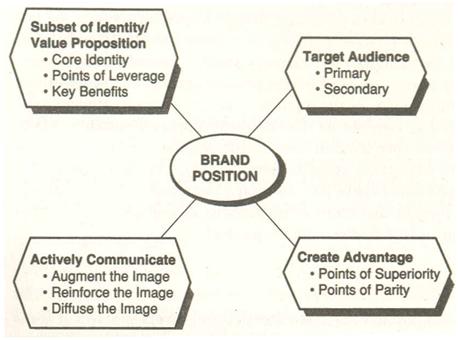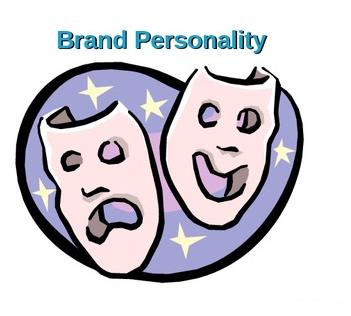Types of Employee Counseling In attempting to help an employee who has a problem, a variety of counseling approaches are used. All of these counseling approaches, however, depend on active listening. Sometimes the mere furnishing of information or advice may be the solution to what at first appeared to be a knotty problem. More frequently, however, the problem cannot be solved easily because of frustrations or conflicts that are accompanied by strong feelings such as fear, confusion, or hostility. A manager, therefore, needs to learn to use whatever approach appears to be suitable at the time. Flexibility is a key component of the employee counseling process. Directive Counseling: It is full counseling. It is the process of listening to an employee’s problem, deciding with the employee what should be done and telling and motivating the employee to do it. This type of counseling mostly does the function of advice, reassuranceContinue reading
Abey Francis
Employee Assistance Programs in Organizations – Employee Counseling
Counseling has been practiced in one form or other since the evolution of mankind. In every field which requires dealing with people, counseling is essential. Counseling is a dyadic relationship between two persons; a manager who is offering help (counselor) and an employee whom such help is given (counselee). It may be formal or informal. Formal counseling is a planned and systematic way of offering help to subordinates by expert counselors. Informal counseling is concerned with day to day relationship between the manager and his subordinates where help is readily offered without any formal plan. Every manager has a responsibility to counsel his subordinates. When individual managers are unable to deal with specific problems, the counseling services of a professional body is required. An organization can either offer the services of a full-time in-house counselor or refer the employee to a community counseling service. Counseling occasionally is necessary for employeesContinue reading
Problems Faced by Trade Unions in India
The shortcomings or the weakness of the trade union movement in India are as follows: Lack of Balanced Growth: Trade unions are often associated with big industrial houses. A vast majority of the working population is without any union backing. The entire agricultural sector is highly unorganized in India. The agricultural workers are subject to all kinds of exploitation. The same is true with respect to those working in small scale and cottage industries. Lack of balanced growth of trade unions in all sectors is one of the major weakness of the trade union movement in India. Low Membership: Trade unions , with the exception of few have low membership. This is because many employees are not willing to join unions although they are ready to enjoy the benefits arising out of the union actions. The reasons for the hesitation of employees to join unions include, among others, the needContinue reading
Subjective Matter and Importance of Collective Bargaining
Collective Bargaining is a process in which representatives of two groups (employers and employees) meet and try to negotiate an agreement which specifies the nature of future relationship (pertaining to employment) between the two. According to Beach, “Collective Bargaining is concerned with the relations between unions representing employees and employers (or their representatives). It involves the process of union organization of employees; negotiation, administration and interpretation of collective agreements covering wages, hours of work and other conditions of employment; engaging in concerted economic action; and dispute settlement procedures.” Subjective matter of Collective Bargaining The subject matter of collective bargaining covers a variety of issues affecting employment relationships between the workers and the management. According to Ghosh and Nath the issues covered in the collective bargaining are recognition of union or unions, wages and allowances, hours of work, leave and festival holidays, bonus and profit sharing schemes, seniority, rationalization and theContinue reading
Characteristics of Brand Positioning
The core thought behind brand positioning is the idea that each brand (if at all noticed) occupies a particular point or space in the individual consumer’s mind, a point that is determined by that consumer’s perception of the brand in question and in its relation to other brands. The spatial distance between the points in that consumer’s mind reflects the subject’s perception of similarity or dissimilarity between products and brands. Four Important Characteristics of Brand Positioning The four salient characteristics of brand positioning are:. 1. Look to the Core Identity The core identity by definition represents the central, timeless essence of the brand. Thus the most unique and valuable aspects of the brand are often represented in the core identity. Further, there should be a cluster of brand elements surrounding each core identity component that (in addition to giving it richness and texture) opens up multiple execution alternatives. Finally, theContinue reading
Brand Personality
Brand personality is as if ‘making the brand come alive’. The attribution of human personality traits (seriousness, warmth, imagination, etc.) to a brand as a way to achieve differentiation. Usually done through long-term above-the-line advertising and appropriate packaging and graphics. These traits inform brand behavior through both prepared communication / packaging, etc. and through the people who represent the brand – its employees. Brand personality is the way in which a brand speaks of its products or services shows what kind of person it would be if it were human. A brand without a personality has trouble gaining awareness and developing a relationship with customers. Brand image refers to the rational measurements like quality, strength, and flavor. Brand personality explains why people like some brands even when there is no physical difference between them. Brand personality is the emotional associations of the brand and brand image is the physical featuresContinue reading



